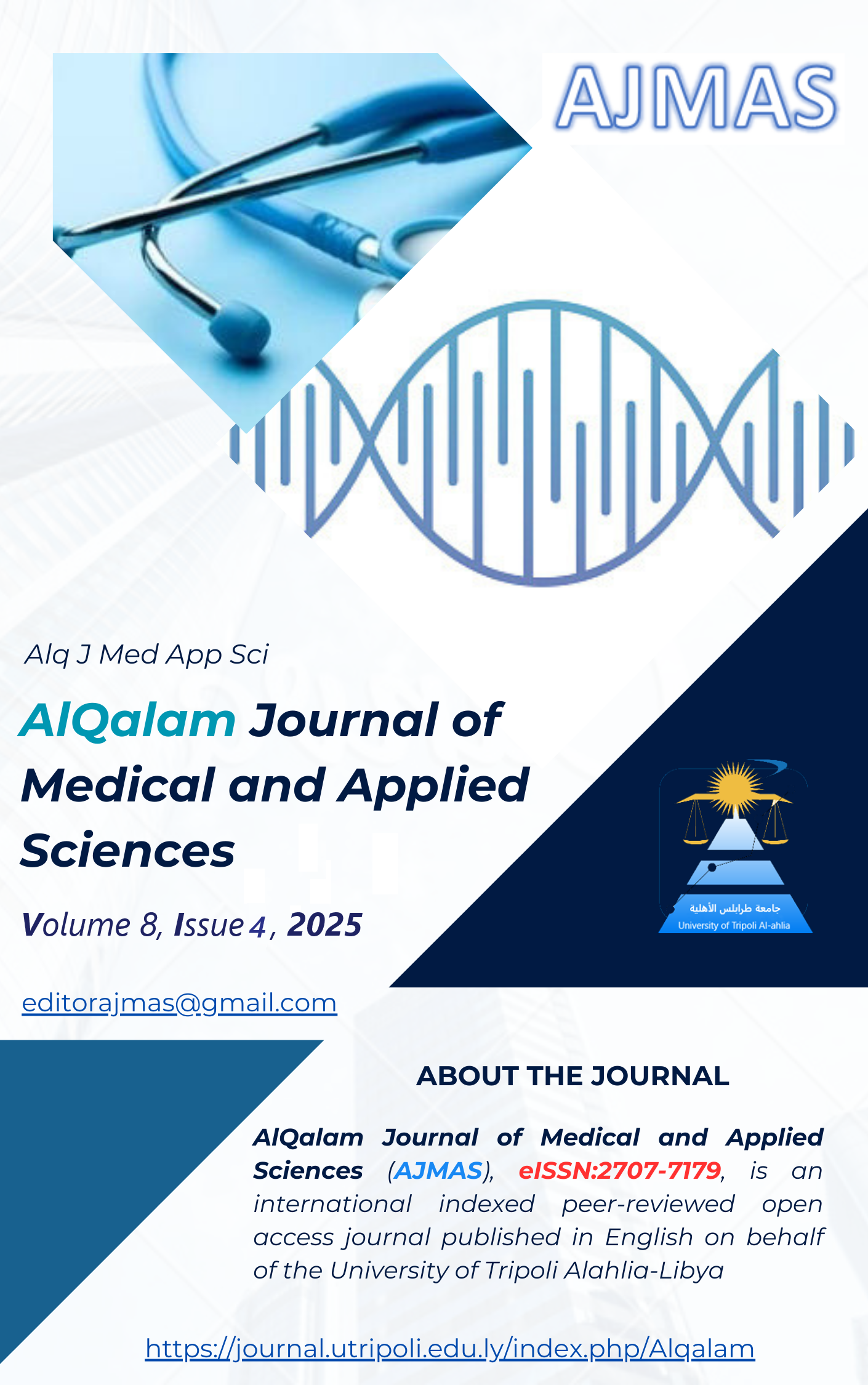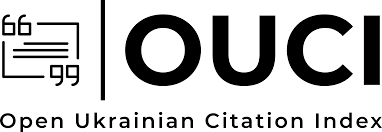Evaluating the Predictive Potential of NDVI and MSAVI for Soil Properties in the Rangeland of Southern Al-Jabal Al-Akhdar, Libya
DOI:
https://doi.org/10.54361/ajmas.258444Keywords:
NDVI, MSAVI, Soil Properties, Soil Prediction, Landsat 7 ETM+.Abstract
This study was conducted in the southern Al-Jabal Al-akhdar in northeastern Libya to investigate the possibility of predicting certain soil properties using the Normalized Difference Vegetation Index (NDVI) and the Modified Soil Adjusted Vegetation Index (MSAVI). A large number of soil samples were collected from 28 sites in the study area. A linear regression model was used with the spectral indicators as independent variables and soil properties as dependent variables. The results showed a positive relationship between all the studied soil properties and the selected indicators, although the correlation was weakly positive for most properties. It was noted that some properties achieved significance levels up to 100%. The results indicated the superiority of MSAVI over NDVI, as correlation coefficients were higher with all studied soil properties except for pH, where NDVI outperformed MSAVI. Although the average R² values were less than 0.52 in all models, the possibility of predicting soil properties using these indicators is feasible since all correlation relationships were positive regardless of their strength. On the other hand, it is clear that the NDVI and MSAVI indices calculated from the Landsat ETM+ sensor of the Landsat satellite are unsuitable for predicting surface soil properties in the study area, as the correlation coefficient did not exceed 0.52. This may be attributed to low accuracy (30m pixel size). It is suitable for assessing and mapping vegetation cover since it covers a vast area, but this feature is considered a disadvantage for predictive models. Therefore, it is recommended to use higher resolution images (5 or 1m pixel size), which may yield positive results, especially for the properties that had a significance level of 100% in all repetitions.
Downloads
Published
How to Cite
Issue
Section
License
Copyright (c) 2025 Adel Mahmoud, Abdalati Meftah , Ashraf Zaid

This work is licensed under a Creative Commons Attribution 4.0 International License.















